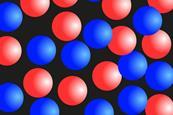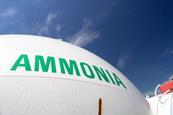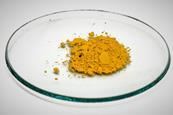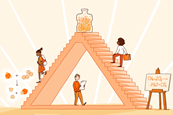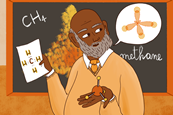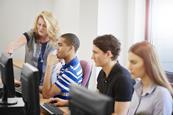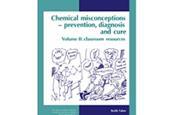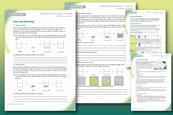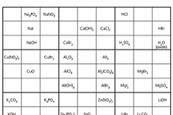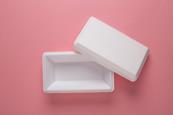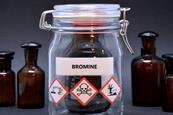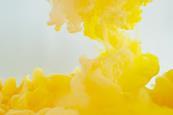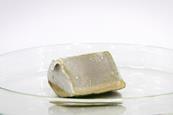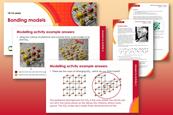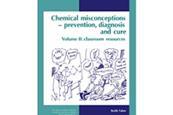- Home
- I am a …
- Resources
- Collections
- Remote teaching support
- Starters for ten
- Screen experiments
- Assessment for learning
- Microscale chemistry
- Faces of chemistry
- Classic chemistry experiments
- Nuffield practical collection
- Anecdotes for chemistry teachers
- Literacy in science teaching
- More …
- Climate change and sustainability
- Alchemy
- On this day in chemistry
- Global experiments
- PhET interactive simulations
- Chemistry vignettes
- Context and problem based learning
- Journal of the month
- Chemistry and art
- Classic chemistry demonstrations
- In search of solutions
- In search of more solutions
- Creative problem-solving in chemistry
- Solar spark
- Chemistry for non-specialists
- Health and safety in higher education
- Analytical chemistry introductions
- Exhibition chemistry
- Introductory maths for higher education
- Commercial skills for chemists
- Kitchen chemistry
- Journals how to guides
- Chemistry in health
- Chemistry in sport
- Chemistry in your cupboard
- Chocolate chemistry
- Adnoddau addysgu cemeg Cymraeg
- The chemistry of fireworks
- Festive chemistry
- Collections
- Education in Chemistry
- Teach Chemistry
- Events
- Teacher PD
- Enrichment
- Our work
- More navigation items
Developing and using models
Classroom resources featuring activities from our Developing and Using Models professional development course for teachers
This collection is most valuable to those who have attended this course and wish to put into practice with their students some of the ideas and activities presented as part of that event. Please note that this list is not exhaustive; not all trainer activities have a corresponding classroom resource. In some circumstances there is variation between the training resource and classroom resource.
Resources
The atom detectives
This resource presents chemists as real people and not stereotypical ‘mad scientists’ whose lives are completely dominated by science.
Diffusion of gases and relative molecular mass
Try this class practical to explore the diffusion of gases and how relative molecular mass affects rate of diffusion. Includes kit list and safety instructions.
Black box
Classroom activities to help develop ideas and evidence in science, as part of scientific enquiry. Includes black box investigations: tricky tracks, the cube and a model tube.
Diffusion of gases: ammonia and hydrogen chloride
A demonstration to show the diffusion of gases, using ammonia solution and hydrochloric acid. Includes kit list and safety instructions.
A solid–solid reaction between lead nitrate and potassium iodide
Use this demonstration with kit list and safety instructions to prove that two solids can react together, making lead iodide from lead nitrate and potassium iodide.
Reasons to craft your own molecular models
And how to get the most out of them
Develop deeper understanding with models
How to bridge the gap between the ‘seen’ science and the ‘unseen’ explanation
How to teach scientific models
Be explicit when explaining models and their purpose
Reflect on your use of models
Use scientific models effectively
Un-muddling models
How to use models in the classroom more effectively
Chemical misconceptions II: Elements, compounds and mixtures
Explore and understand pure substances and mixtures; elements and compounds, through active study.
Mass and dissolving | Chemical misconceptions II | 11–14 years
Use these questions to explore dissolving solids in liquids and tackle common misconceptions
Ionic Su Doku
This activity gives students practice at working out formulae in a problem solving context.
Addition polymerisation with phenylethene
Use this practical or demonstration as an example of addition polymerisation using phenylethene to form polyphenylethene. Includes kit list and safety instructions.
Diffusion of gases – a safer alternative to bromine
Diffusing gases can be a tricky thing to do, but by creating an alternative to bromine, you can make a safer classroom alternative for this process. Kit list and safety instructions included.
Diffusion in liquids
Demonstrate that diffusion takes place in liquids in this practical using lead nitrate and potassium iodide. Includes kit list and safety instructions.
Heating group 1 metals in air and in chlorine
Use this demonstration to illustrate the reactions of lithium, sodium and potassium in air and in chlorine. Includes kit list, video and safety instructions.
Bonding models | Stretch and challenge | 14–16 years
Challenge learners to explore alternative models, using plasticine and cocktail sticks
Chemical misconceptions II: Changes in chemistry
Explore chemical and physical change in chemistry, explain what each mean, and classify examples of these changes.
Chemical misconceptions II: Spot the bonding | 16–18 years
This activity explores learners knowledge of different bonding types through 18 diagrams













